The fastest serve in tennis exceeds well over 150 miles per hour. Professional tennis players have shotguns for arms, and catching their serve trajectory with the naked eye is near impossible. This is where Hawk-Eye technology comes in handy.
Set up around the court, it comprizes many excellent, very precise cameras watching the ball and computing its trajectory from the time a player smashes it. Does it have its flaws? Sure.
While some players, like Andy Murray, appear to appreciate Hawk-Eye, others, like Joao Sousa, flatly believe it to be incorrect. More than eighty tennis events across the globe now make use of this technology. One thing is very obvious: Hawk-Eye is here to stay regardless of differing opinions on it!
So let’s look a bit closer at this electronic line-calling technology and analyze everything from its background, operation, usage etc.
How Does Hawk-Eye Technology Work?
Fundamentally, Hawk-Eye Technology is a ball-tracking technology driven by many fast cameras positioned around the court area. Tracking the ball from many angles and points, these cameras provide a ton of data. Afterward, powerful computers analyze all of that data to generate a 3D ball route model.
Operating with remarkable speed and precision, the system analyzes a ball’s trajectory in real time and generates split-second decisions. Viewers and the umpire can determine the ball’s exact position by overlaying the 3D model over the live camera feed, resulting in very precise accuracy when deciding whether the shot is in or out.
The Evolution and Origin of Hawk-Eye Technology
Hawks-Eye’s story starts with Paul Hawkins, a British computer prodigy. He presented a revolutionary idea back in 2001 that would permanently alter the way we watch sports. Originally, this technology was utilized to improve cricket’s television broadcast so that fans could clearly track close calls.
However, it didn’t take too long for the world of tennis to realize its true potential. The first to formally embrace the concept was the Nasdaq-100 Open in Miami; its Grand Slam debut took place at the US Open in 2006. For years, Hawk-Eye remained a tool that allowed fans and players to investigate questionable line calls.
However, the technology was constantly evolving. The 2020 US Open was a turning point when they replaced human line judges on most courts with Hawk-Eye Live, using a total of 18 cameras. With recorded voice calls announcing every decision, the chair umpire’s responsibility was reduced by a lot, and he got to focus primarily on scorekeeping.
Hawk-Eye has changed tennis, adding impartiality to the game and reducing human error. But just like the VAR technology in football, it’s not perfect, and there will be many opinions about it, both positive and negative.
Impact of Hawk-Eye Technology on Tennis
The introduction of Hawk-Eye technology brought a certain level of integrity and fairness by eliminating human error in line calls. As a result, the playing field is more even for the players, and we should see less disputes and errors overall.
Hawk-Eye’s ability to speed up the pace of play is another big win for this technology. You no longer have to sit through long breaks while the players and officials get into heated arguments over close calls.
But it’s not all sunshine and rainbows, either. Hawk-Eye has faced and still faces its fair share of criticism. Some argue that technology eliminates all that makes tennis such an exciting sport to watch. Without the emotional intensity, heated debate and human drama, the game feels impersonal; it’s simply not the same tennis that people fell in love with.
There are also instances where the system’s reliability has been put into question. Although rare and far between, there have been some technical failures and wrong calls.
The French Open, however, remains adamant in its refusal to adopt Hawk-Eye technology. Since it’s played on a clay court, the chair umpire can easily check the mark to give a verdict, making this technology unnecessary.
All the same, you cannot dispute the good influence of modern technology on the tennis scene. The way Hawk-Eye changes is clearly showing how it affects the competitive scene.
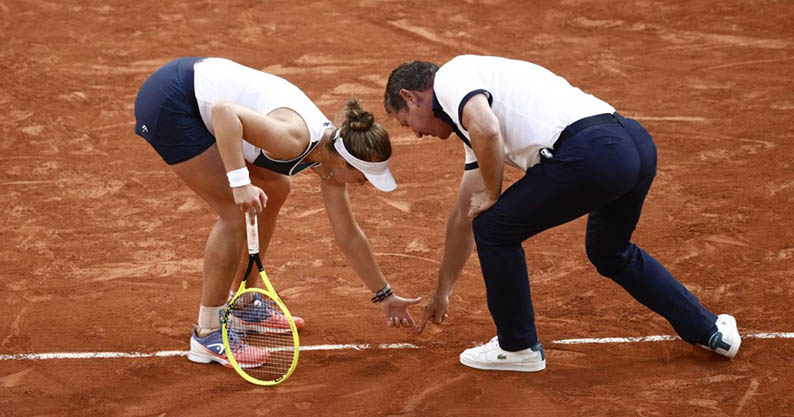
How Accurate is Hawk-Eye Technology?
The Hawk-Eye system is advertised as accurate to within 3.6 mm, which is quite impressive considering how fast-paced tennis can be. Tennis balls have a standard diameter of 67 mm. When you put that into context, Hawk-Eye technology has an error margin of only 5% relative to the diameter.
But it’s also important to know that this small margin of error can still be a factor in extremely close-call situations. There have been instances where Hawk-Eye calls a ball out, but the images show it barely touching the line. While these cases can be frustrating, they highlight the extraordinary accuracy of the system.
Player Reactions to Hawk-Eye Technology
Professional tennis players, who see Hawk-Eye technology as an excellent addition to their game, have generally welcomed its application.
Legends like Andre Agassi and John McEnroe have complimented the system for improving the game for broadcasters, spectators, and players. Others, like Andy Roddick, have even embraced the opportunity to “embarrass” officials with the technology’s rulings.
However, not all players have been receptive. Legends like Rafael Nadal and Roger Federer have expressed reservations, with Federer criticizing Hawk-Eye for making officials hesitant to make decisive calls and Nadal clashing with the system’s accuracy during key matches.
The inclusion of Hawk-Eye technology has certainly changed the game of tennis, but sometimes raising debates regarding its limitations. How this system develops will affect the game for everyone.
What is your opinion about this technology? Comment below!
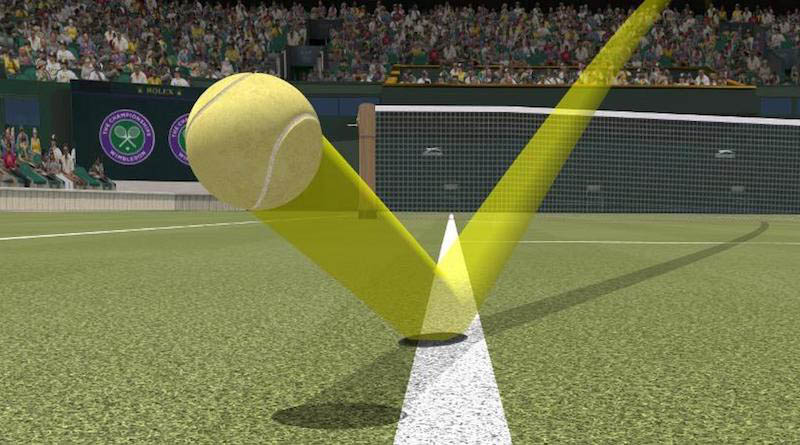


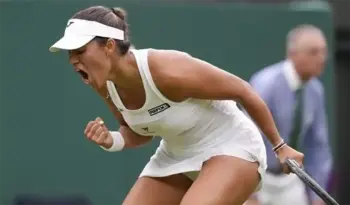
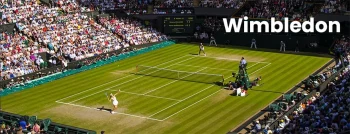
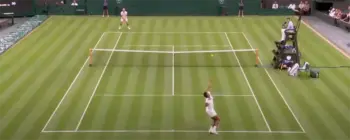
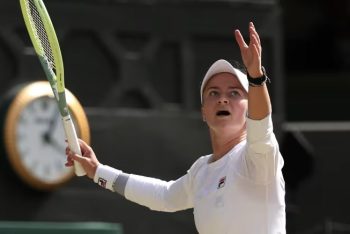
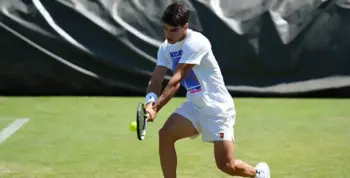
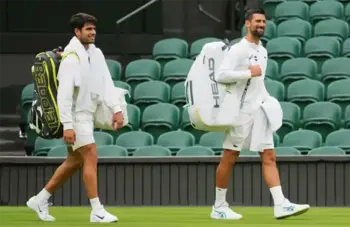
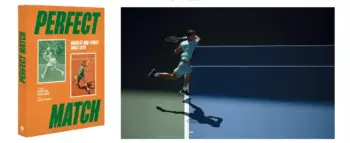
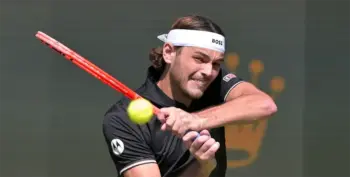

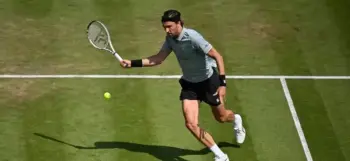
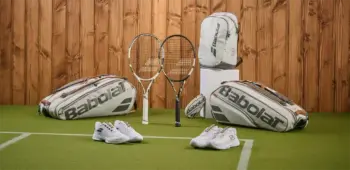
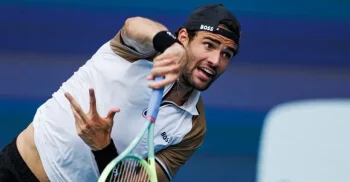

I’m a Hawk Eye detractor
I’m sure it’s basically accurate most of the time
But it’s pretty inaccurate too often. I have been at tournaments where Hawk Eye’s call was six inches or more away from the bounce more than a couple of times in a match.
I notice that most broadcast just show an animation of Hawk Eye’s reenactment of a bounce. When slow-motion camera footage is shown (very rarely, oddly enough, compared to other sports), Hawk Eye looks much less accurate a small but not tiny fraction of the time.
I know Hawk Eye publishes a margin of error but it does not seem correct to me – or is wildly optimistic and refers to best-case scenarios.
The “Real Bounce” line-calling system looks much more accurate to me
I also like the interpretation of the mark on clay better, as I think it is ultimately more accurate even if not always unambiguous to interested parties. I wish clay tournaments would drop Hawk Eye.
How does Hawk eye deviate between a tennis ball and a tennis shoe? What happens if a player is in the way of a line call?
Thanks
how does hawkeye know if the server is serving to the deuce box or the add box?
The ball mark size is questionable to me. The computer animation on the replay shows a mark that I see as giving too much credit to the amount of court touched by the ball. Players still question calls not necessarily because human vision is no good but because now with the electronic calling system shots that were called out in the past are called in because the mark is too big. So for over a hundred years people were calling shots out and now machines are changing some of these calls to in. I think less complaints would be made if the ball mark was shrunk down 10%. As for using marks made on a clay court, those marks are actually inaccurate.(Think of a meteor hitting the earth. The crater from impact is bigger than the meteor.) In any case, I like electronic calling. I do not believe line judges are paid. I know they are volunteers at many tournaments. They do not deserve criticism. It is one of many thankless jobs in the world.
It is more an eSports than Real Life.
Decisions are based on calculations and predictions.
My disappointment is that it doesn’t show actual video, like FoxTenn, thus the viewer is supposed to trust the artifical representation/graphic shown on the screen–not trustworthy. Give me the actual video so that I can see for myself, as FoxTenn does, not HawkEye’s cartoon.
“Some argue that technology eliminates all that makes tennis such an exciting sport to watch.”
I’m neither a tennis player nor a spectator but for the sports I DO enjoy, the athleticism, the skill, the grace—not some fake emotional narrative such as the kayfabe that sinks WWE wrestling to the level of simian bashing
Who would want to see the 4X100m relay turned from a contest of milliseconds, into brawls, tripping and the ilk?
Yes, we all have these primitive urges within us. But why should tennis be their outlet?